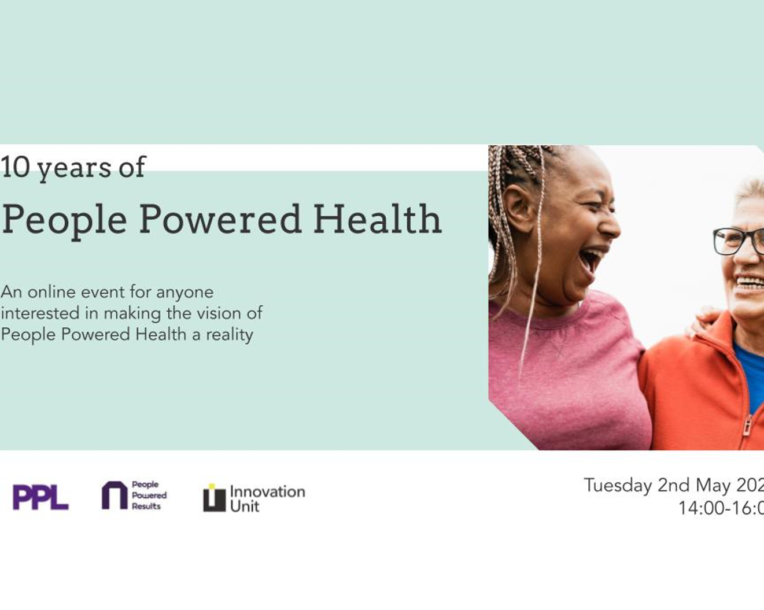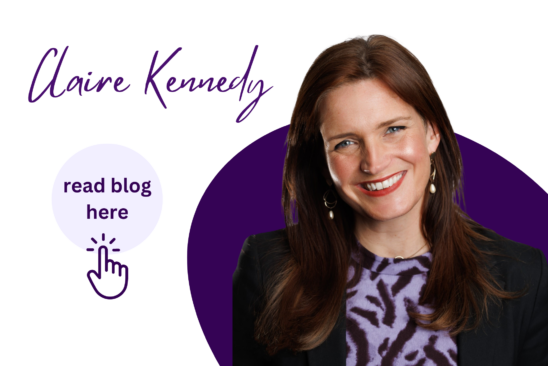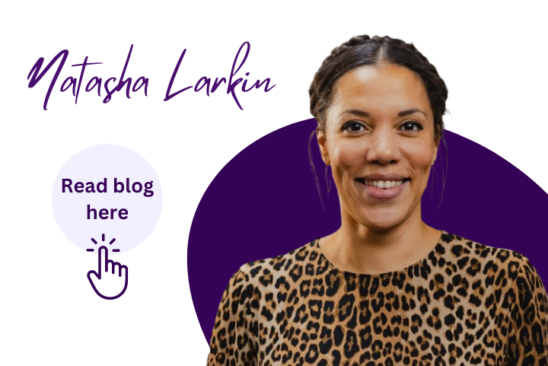Key Contacts
Experience teaches us that we can expect too much of a year, and too little of a decade.
For many of us the period since 2013 feels like the blink of an eye. Yet as with each preceding decade, the last ten years have seen political, social, economic and technological changes that few of us imagined at the start. From how we work, to how we shop, spend our leisure time, interact with each other and relate to the institutions that shape our lives, 2023 is already a very different world.
Despite the changes, there are also many things which remain the same.
Our health and care systems continue to experience sustained and growing pressures, including the related challenges of responding to growing demand, with limited financial resources, and growing gaps in the health and social care workforce.
Within our communities, profound inequalities remain which impact people’s health and wellbeing on a daily basis. And for too many, despite the advent of Integrated Care Systems, Boards and Partnerships, care remains simply “dis-integrated” – focussed around the structures and organisations that plan, deliver and assure, rather than the people and communities they exist to serve.
This week, on the 2nd May 2023, the original People Powered Health team members from Nesta, Innovation Unit and PPL reconvened with colleagues involved in the programme at a national and local level, those who have been taking forward its findings over the last 10 years, and those involved in the health and care system today, to reflect on progress in translating the central idea – that people can and should be involved in the co-creation of their own health outcomes – into reality.
People Powered Health was, at its heart, a belief in the power of people to come together in new ways, to create solutions to seemingly insoluble problems and to co-develop and implement those solutions – working alongside the traditional models of health and care delivery, but not constrained by them.
It is difficult to convey how radical the concepts were at the time and, to an extent, still are. Whilst the language of co-design and co-production is now regularly used in the strategies and plans of our healthcare systems, and concepts such as social prescribing have become mainstream, in relation to the overall vision of People Powered Health there remains what we could most positively describe as significant “un-tapped potential”.
Today, as ten years ago, there is a concern that the focus on involving people more in the delivery of their own care is simply cover for disinvestment by the state in established public services upon which many millions rely. However, the core of the business case for People Powered Health has always been that this is not just a more sustainable way of delivering health and care services, but fundamentally about better care: better for patients, for carers, for families and communities, more effective in preventing ill-health and in enabling people to live well.
What is particularly notable about People Powered Health approach was that it was designed to co-exist with our broader health and care economy. We developed business cases to articulate the value of the interventions and to allow those interventions to be compared on equal terms with conventional alternatives. If we wanted to translate ideas into practice, we knew we had to show that People Powered approaches are not just morally superior, nor even that they are the most practice solutions to complex health and care needs, but one of the few ways which we can improve health outcomes and address inequalities in a sustainable way.
Doing this is hard, and there is much left to do. Some of the key questions we explored when we reflected together this week were around why, in the context of growing deficits, waiting lists and health inequalities, People Powered interventions remain too often part of the “innovation” space.
And this is where the reality that a decade is both a long and a short timeframe becomes important.
In the past decade, our world has changed extraordinarily in both positive and negative ways. In terms of the next ten years, there is an opportunity to build on this changing landscape – to recognise that the financial climate is not likely to improve, that some of the institutions we love and rely on (including the NHS) are facing existential threats, and that this is true irrespective of who is in power or the strategies, plans and policies that are put in place.
This means not just reminiscing about the recalibration of relationships between people during the pandemic but putting such developments front and centre of our partnerships across health, local government and the voluntary & community sector. It means, as Paul Corrigan strongly argued this week, ensuring that “tomorrow is coming to the aid of today” in relation to what people are experiencing at the frontline.
It means returning to that core finding of the original business case – that relatively small investments made locally could release huge benefits to individuals, organisations and systems nationally, but without those investments and without the right alignment of incentives for people to work differently, this simply wouldn’t happen.
People Powered Health gave us a practical glimpse into a world recognisable in the integrated care systems, place-based partnerships, and neighbourhood teams we see today, but powered in a way which made those both more impactful and more sustainable.
Our shared efforts to make this simply “the way we do things” needs to continue and needs to accelerate – not because it is morally right, nor because it makes economic sense, but because it might just work.
To discuss the themes in this blog, share experiences and to find out more about our work on making People Powered Health a reality, please do not hesitate to contact us.





